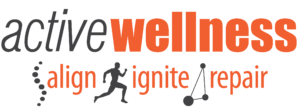Why Recovery is NOT Rest
Recovery is one of the most important parts of any person’s training program. Neglecting recovery almost always leads to overuse injuries. Here’s the kicker: most people believe that recovery is simply rest……WRONG! Let’s first define rest and then will talk recovery.
Take the following example: there are 168 hours in a week. If your training program has you working out for a total of 7 hours per week this means there are 161 hours remaining in the week. This 161 hours that we are not training are consider our rest time. So in regards to training; rest is the total number of hours we spend not training. In the case above, that would be 161 hours in a week.
We often get asked in the clinic what are the best recovery methods to use when starting a new workout program. The questions range from how many days a week should I have as recovery days to what recovery is.
Recovery is multifaceted. It refers to the techniques and actions taken to maximize your bodies repair. It involves chemical and hormonal imbalances, nervous system repair, mental state, and much more. Recovery truly is something that needs to be planned into your day, just like your training program. It can be something you have done to your body (passive recovery) to promote the healing of the trauma inflicted during your training program, or it can be something you do yourself (active recovery). More on Active and Passive Recovery in a later blog post.
Here are several of our favorites when it comes to recovery:
1. Nutrition (Which means that you are eating a balance, whole, and natural diet that positively supports the body. With better fuel, we can better heal.)
2. Hydration (Hydrated tissue is healthy tissue, just as nutrition, better hydration helps the body better fuel.)
3. Ice/heat (both can help change the blood flow and activation of the muscles)
4. Stretching (Stretching helps activate the muscles and stretch them out so that they can better heal themselves.)
5. Myofascial release (Such as foam rolling at home, or chiropractic assisted myofascial release can provide deeper relief for increased muscle activity, blood slow, and stretching.)
6. Stress management (Helping balance outside stress can help reduce overall stress on the body, allowing the body to better focus on training recovery and heal faster.)
7. Posture (Similar to stress, keeping positive posture helps ensure proper functioning and avoiding additional stress to the body.)
One thing is for certain; a well-defined training program should also have a well-defined recovery program. And remember not just rest. If you only take one thing from this blog post it needs to be that REST is NOT RECOVERY.
Rest is important too (we cannot be active 24/7). But the best training, with the best results, include the right amount and type of recovery.
If you need help defining what your recovery program should look like our staff is ready to help.

